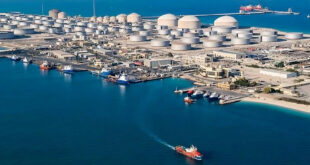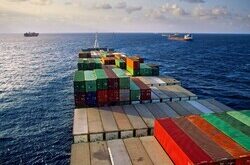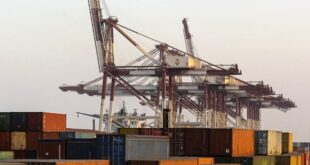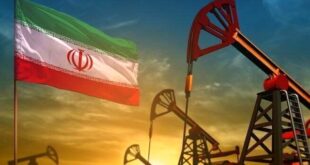Excerpts of the report by parliament’s research center published on Monday showed that manufacturing. mining and petrochemical enterprises received a total of $9.5 billion in hidden subsidies in their consumption of natural gas and electricity in the 12-month period ending in late March 2019.
The report used Iran’s export prices for natural gas ($0.11 per cubic meter) as a basis to calculate how much the source of energy have been underpriced when supplied to the industry. saying users had enjoyed around $5.2 billion in discounts on the utility service last year.
It said electricity consumption in the industrial units had also enjoyed a hidden subsidy of $4.3 billion. based on the difference between the price and the actual costs ($0.55 per kilowatt hour) and using the currency exchange rate of 110.000 Iranian rials per US dollar.
The report reiterated that the power generated in the manufacturing. mining and petchem units had been subtracted from the total consumption off the grid.
The study included all industrial units employing 10 people or more as registered in a data base by the Statistical Center of Iran.
It said the total consumption of natural gas in the three sectors over the past Iranian calendar year had reached 55.1 billion cubic meters (nearly 2 trillion cubic feet). adding that 78.4 terawatt hours (TWh) of electricity. around a fifth of the total power produced in Iran. had been consumed in those sectors over the same period.
Although not elaborating on the exact details. the figures mentioned in the study suggested that consumption of energy in the three sectors had increased by more than 10 times compared to the 12 month period ending in March 2017.
The sharp increase could have come mainly due to a significant increase in activity over the past years in Iran’s petrochemical complexes as well as in mines.
Iranian officials started planning for policies to counter the US possible sanctions a year before Donald Trump entered into office in early 2017. The policies are now proving effective as economic indexes are indicating inefficacy of the US pressures.
Washington’s unilateral sanctions against Tehran began in November 2018. five months after US President Donald Trump withdrew from an international deal on Iran’s nuclear program.
Claiming that the bans were working properly. Trump tightened them in May. only to see that Iran was finding new solutions to recoup the losses.
However. latest data and statistics released by official entities in Iran indicate that Tehran has been successful in countering the negative economic effects of the unilateral sanctions imposed by Washington.
 Iran Energy News Oil, Gas, Petrochemical and Energy Field Specialized Channel
Iran Energy News Oil, Gas, Petrochemical and Energy Field Specialized Channel




